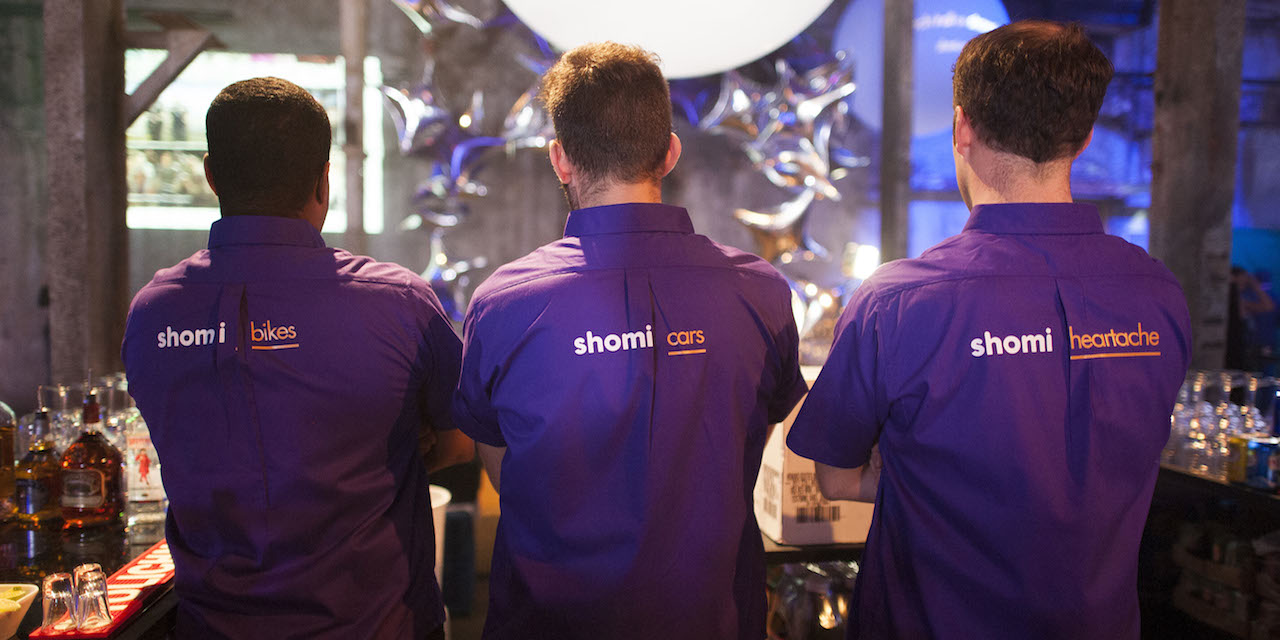Shomi’s launch into the streaming video-on-demand arena has, to date, played out like a Hollywood movie – unlikely partners band together (Rogers and Shaw in this case) and discover they have what it takes to tackle the top dog.
Used by more than one third of English Canadians and boasting 90% brand awareness, Netflix is a well-established competitor, but one that, marketing-wise, seems to have taken a back seat this past year to Shomi’s strong branding and media communications (and that purple logo).
Though Netflix may have “four years of runway” in its favour, Rita Ferrari, director of brand and product marketing at Shomi, describes a marketing plan of attack that was heavy on PR, digital and out-of-home to build buzz, brand awareness and subscribers.
Knowing it would eventually open the service to all Canadians — not just Shaw and Rogers’ subscribers as was the case during the beta launch – Ferrari says Shomi decided to build the brand on a national scale.
“To be taken seriously as a competitor to Netflix, we really needed to get the name out there quickly and get that brand awareness and comprehension out there really quickly,” she says.
The strategy not only helped battle video streaming dominator Netflix, but also gave it a slight head start on Bell Media’s Crave TV, which launched a month after Shomi.
According to recent research from Toronto-based Solutions Research Group, Shomi is edging out Crave TV among Canadians on the brand awareness front – 76% and 69% respectively. Ferrari says entering the market as a fresh brand with a defined personality and cheeky tone of voice was key in differentiating her product. Its launch campaign was “intended to provoke direct interaction with individual Canadians,” she says, with taglines playing off the Shomi name (pronounced “show me”) such as “Shomi something funny,” or “Shomi what’s good.”
The service followed up with a billboard takeover at Toronto’s Yonge Dundas Square in addition to spectaculars, wall murals, standard 10-by-20-foot billboards and TSAs in key markets to promote its binge-worthy content, and brand placement/content integration within reality TV show Big Brother Canada.
Shomi was also the first brand in Canada to use configurator cards on Twitter. Adopted by automotive brands in the U.S. to allow users to design a car in a tweet, the SVOD used the cards to create a quiz that helped future subscribers decide what content they would view first. The quiz card earned more than 40,000 engagements, more than 200 retweets and added more than 800 followers to @shomicanada.
“Each media tactic had a reason for being… What we ascribe to is the ability to test and try stuff,” says Ferrari. “But, the other key component, we’re an entertainment company, and when we market we also want to make sure we do it in a fun and engaging way that reflects what our brand is all about.”
When it announced it was opening the service to all Canadians, the brand launched a campaign titled “Moving In” that spanned PR, social, radio, television, print, out-of-home and social.
Smartly, the brand also took advantage of all the media and fanfare surrounding the Toronto International Film Festival with a branded stream machine that made stops at high-traffic areas in Toronto to entice consumers to sign up for a free 30-day trial.
The activation included a trivia game, contest and swag giveaway and in all generated 4,221 leads (with 82% of contest entrants opting in to receive email communications from the brand).
Shomi doesn’t disclose subscriber numbers, but says by the end of September it had beat its target by 31%. Based on what the brand has accomplished in little over a year, it looks like it’s headed for a Hollywood ending.











